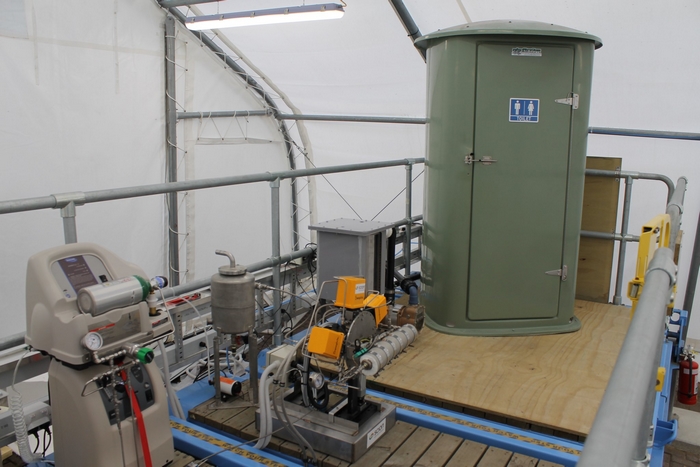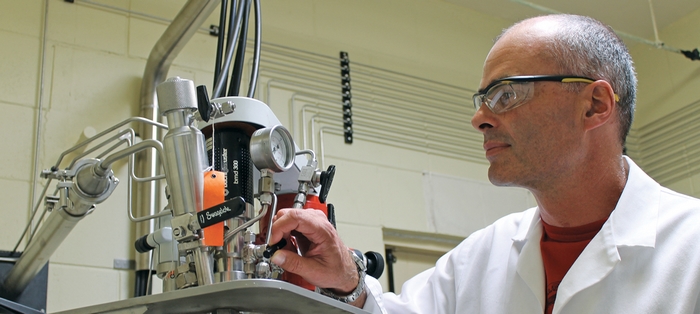Transforming the humble toilet
Scion Toilet Challenge.
Scion has created a new sewer-less toilet with a high-tech back end that can treat human waste in a new, safe, sustainable and affordable way.
The toilet and its built-in waste treatment tech is Scion’s answer as a successful participant in the Reinvent the Toilet Challenge initiated by the Bill & Melinda Gates Foundation. The challenge was created to develop solutions for developing countries where sanitation-related problems are a leading cause of child mortality.
At the core of Scion’s toilet technology is a process called sub-critical wet-oxidation. The process was originally developed for the treatment of waste water in the pulp and paper industry, and has successfully progressed through three rounds of selection.

The challenge
The specifications for a toilet intended for developing nations present extremely difficult design hurdles. The technology must work with limited (if any) water and electricity and have low running costs. The technology also needs to meet high environmental standards that allow treated toilet waste to be discharged without further treatment.
The team’s plan to address these challenges came in the shape of a normal looking toilet. Processing begins when the mixed waste (faeces, toilet paper and urine) is flushed with a low volume of water through pre-treatment, then passed into a wet-oxidation reactor where a combination of oxygen, high temperature and pressure ensures solids are destroyed and bacterial and viral pathogens are sterilised. The last stages are a final treatment of waste liquids and extraction of nutrients. A membrane distillation system, which releases clean water whilst retaining dissolved compounds, was shown to be the best technology to meet international standards for release into the environment or be recirculated through the system.
Findings
The team has now prepared its final reports for the Bill & Melinda Gates Foundation. The findings show that sub-critical wet-oxidation can quickly sterilise and destroy solids.
Cost estimates for this technology, applied to single household use, came to 28¢/person/day (US), dominated by capital costs. However, with further design innovation, the target of 5¢/person/day (US) may still be within reach. Scion’s work dovetails nicely into the Generation Two Reinvented Toilet programme, which is also supported by the foundation. In generation two, Georgia Institute of Technology leads a group of collaborating organisations selected from the first generation, including Scion, to improve the best technologies from across the challenge.
Beyond developing this process further, The team has recommended this technology could be repurposed for multiple dwellings such as an apartment building or a city block. Scale-up of the wet-oxidation to treat waste for multiple households holds significant potential in terms of economics and operability.

